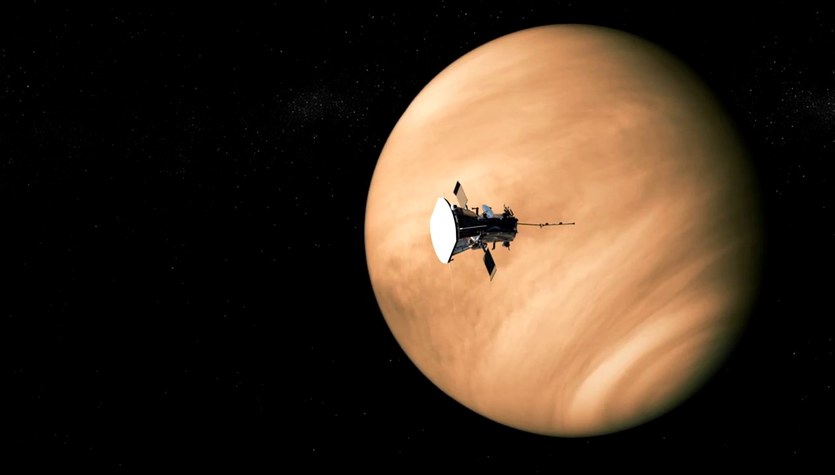A team from the University of Cambridge, using models in biochemistry and atmospheric chemistry, showed that The theory of life in the atmosphere of Venus decades ago is incorrect. As the researchers argue, any life form would leave a chemical trail in the atmosphere due to some form of nutrition and metabolism. However, they did not find such traces.
“We’ve spent the past two years trying to explain the unusual sulfur chemistry observed in the clouds of Venus. Life is good at dealing with abnormal chemical reactions, so we’ve done research to see if the presence of life can explain what we’re observing, says Dr. Paul Reimer, one of the The authors of the publication in Nature Communications.
We looked at the “foods” that contain sulfur in the atmosphere of Venus. It’s not something I’d like to eat or anyone else, but it’s mostly an on-site powerhouse. Sean Jordan, lead author of the paper, explains that if life were to consume this food, we would see traces of it in the form of certain substances that would either add or diminish in the atmosphere.
Scientists have examined the interactions of living organisms with sulfur dioxide. The thing is that on Venus you can find large amounts of it in the lower clouds, but for some reason it is much less at higher altitudes. If life exists on this planet, it must affect the chemistry of the atmosphere. Could it be the reason for its low level? asks study co-author Dr. Oliver Shorttel.
The results of the analyzes show that Organisms associated with the unusual behavior of sulfur life in the atmosphere of Venus are not. “If this life was responsible for the levels of sulfur dioxide observed on Venus, it would conflict with everything we know about the planet’s atmosphere.” We wanted life to be a possible explanation, but we looked at our models — it’s not a possible solution, says Dr. Jordan. “However, if life is not responsible for what we see on Venus, we still have a problem to solve. There are many unusual reactions happening on this planet that need to be investigated,” he adds.
The method developed by the Cambridge team could help investigate similar mysteries that not only Venus has hidden. It can be very useful in researching the traces of life on exoplanets that have been observed by the planets that have been operated on. James Webb Space Telescope. This instrument should be able to detect various substances in the atmosphere of distant Earths, including sulfur compounds.
To understand why some planets survive, we need to know why others die. Dr. Shorttle points out that if life somehow managed to hide in the clouds of Venus, it would completely change the search for the chemical effects of life on other planets. Even if our Venus dies, it is possible that similar planets in other systems could contain life. Dr. Reimer adds that what we learned from this study can be used to analyze exoplanets.




More Stories
Nvidia GeForce RTX 4090: AIDA64 gets Ada spearhead support
Rogue Trader – Details about the first cRPG in the series – CD-Action
t3n – Digital Pioneers | digital business magazine